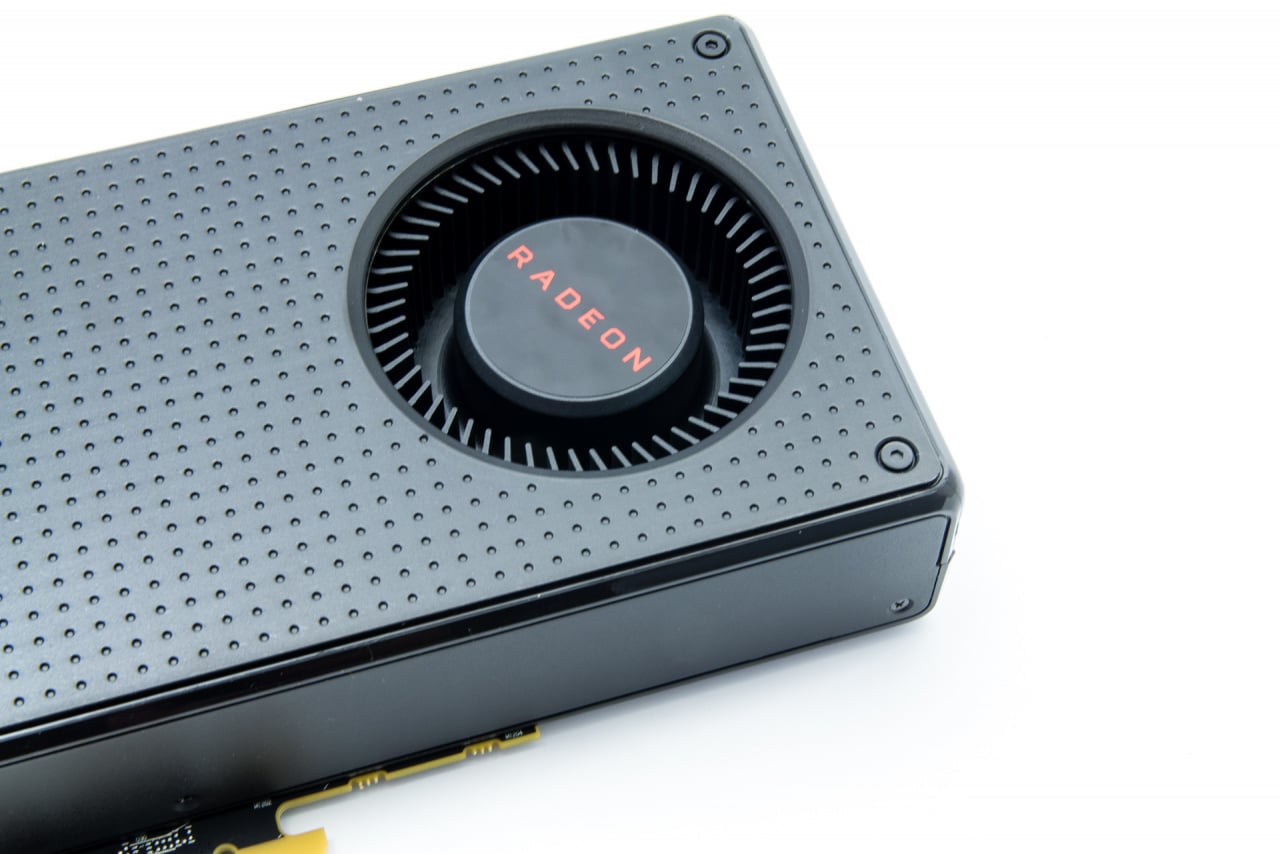Render light with ray tracing in real time can provide proper eye candy in games, but is at the same time really performance-hungry. With the launch of AMD’s architecture RDNA 2 and the graphics cards in the Radeon RX 6000 series, support for hardware accelerated was introduced ray tracing. In the case of AMD, this is done with Ray Accelerators, which have been developed specifically to handle these algorithms.
At the end of November 2020, support for was introduced ray tracing to the Vulcan interface, a cross-platform alternative to Windows-oriented DirectX. This applied to all graphics hardware with support for the technology, which for AMD’s side only included the Radeon RX 6000 series. Now the support with the Mesa driver for Linux is also extended to older graphics cards without Ray Accelerators all the way down to the Polaris, which is found in the Radeon RX 400 series.
This PR implements ray-tracing for older generations (Navi, Vega, Polaris, etc.). It does this by emulating the AMD bvh intersection instructions in software. Right now this passes CTS the same as on RDNA 2 cards. – Joshua Ashton
The solution was developed by developer Joshua Ashton and is an add-on to the graphics driver Mesa. Basically, it makes the graphics card more or less ignore that it has no hardware support and use software and shaders to emulate what otherwise happens at the hardware level. However, he warns that it can not be guaranteed that it works flawlessly, as not even hardware accelerated ray tracing performs well with the available drivers (RADV).
Several users confirm that they have managed to make it work with older graphics cards and have even been able to start the game Quake II RTX, but not the Steam version. Although it is possible to start, it is not really possible to call playable. In terms of performance, it is far from equivalent without the dedicated hardware, but with future improvements and optimizations, the situation may change.
Source: Phoronix, Videocardz
















